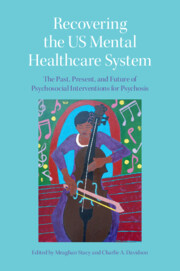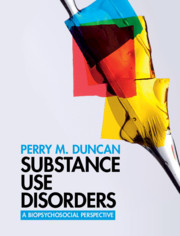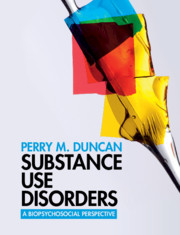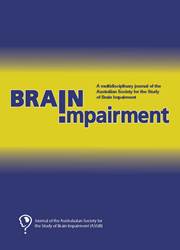Understanding Suicide in the United States
By integrating sociological, psychological, and biological perspectives, this book aims to demystify and destigmatize a challenging and taboo topic – suicide. It weaves current theories and statistics on suicide into a larger message of how suicide can affect almost anyone, and how urgent prevention needs are. Written in an accessible manner, it assumes no pre-existing knowledge of suicide. The broad nontechnical overview will appeal to general readers and a wide range of disciplines, including politics and policy, biology, psychology, sociology, and psychiatry. It concludes on a positive note, focused on recovery, resilience, and hope. It considers not only how these factors may play a role in suicide prevention, but how, despite persistent suicide rates, we can proceed optimistically and take concrete action to support loved ones or promote suicide prevention efforts.
- Integrates sociological, biological, psychological and public health perspectives on the etiology of suicide
- Maintains an ecological perspective highlighting factors at various levels (individual, relationship, community, and societal) that impact suicide risk and rates
- Refocuses the discussion from the individual to society and highlights that diverse interventions can reduce suicide rates
- Offers a positive and recovery-oriented perspective to provide hope for the future of suicide prevention
Reviews & endorsements
‘I highly recommend this book for its thorough analysis of suicide, from the devastating, pervasive suffering across ages and demographics to strategies for prevention and interventions. After presenting a biological perspective that goes beyond the usual links between depression and suicide, the book ends with evidence-based, hopeful recommendations for building personal, community, and societal resiliency for suicide prevention.’ Jeffrey B. Rosen, University of Delaware
‘This is an indispensable guide to what we know and - as important - what we don’t know and need to learn about suicidality from multiple disciplinary perspectives.’ Jonathan D. Moreno, University of Pennsylvania
‘A thoughtful and encompassing survey of an emotionally difficult subject. Drs. Stacy and Schulkin weave together history, biology, demography, and psychology to elucidate the underlying causes of suicide across cultures. They end embracing resilience and hope, with actionable steps for addressing this health crisis.’ Michael L. Power, Smithsonian’s National Zoo and Conservation Biology Institute
Product details
October 2023Hardback
9781009386920
194 pages
235 × 159 × 16 mm
0.42kg
Available
Table of Contents
- 1. A Brief View on the Social History of Suicide
- 2. Pain, Suffering, and Buffering
- 3. Allostasis: The Biology and Neuroscience of Suicide
- 4. Suicide Demographics in the United States
- 5. Prevention, Identification, and Intervention
- 6. Building Resilient Individuals, Communities, and Societies to Prevent Suicide
- 7. Hope
- References
- Index.










